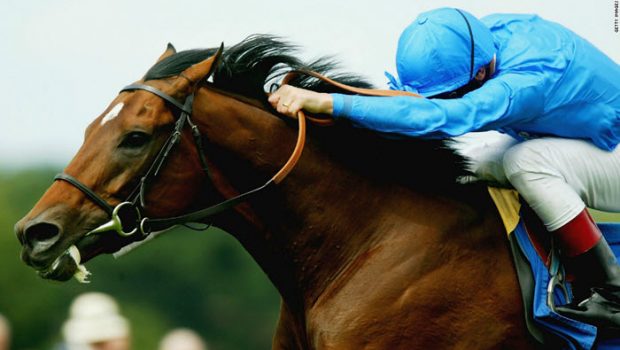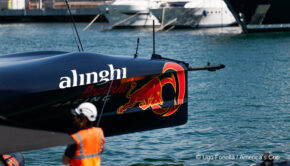America’s Cup: Jockeys and Horses
Published on June 26th, 2019
As the boats in the America’s Cup evolve, so do the requirements of the crew. The trend toward high performance has put a premium on strength, endurance, and body weight. In this report by British challenger Ben Ainslie, he relates how the crew will either have jockeys or horses, and like all jockeys, Ainslie is now on a diet.
With just under two years until the next America’s Cup and with World Series racing looming on the horizon, fitness has become a huge focus for our sailing team.
The decade between the 32nd America’s Cup in Valencia and the 35th edition in Bermuda changed its athletic demands beyond recognition. In Valencia we raced the monohull IACC class which demanded short bursts of explosive power to be delivered occasionally (sometimes very occasionally) over the duration of a two-hour race.
The 35th America’s Cup in the multihull, foiling AC50 could not have been more different, demanding a sustained physical effort over a much shorter duration race at 20 to 25 minutes. The physical effort was much more like a cycling time-trial (we saw this literally with the Kiwi “cyclors” who replaced traditional grinders) or a rowing race than anything in the previous Cups – except for those rare, leg-long tacking duels.
Don’t get me wrong, the grinders of those days – such as the legendary Andrew “Raw Meat” Taylor – were super-impressive athletes with huge peak power outputs, but as in all sports the training techniques and the performance inevitably evolve.
And now it looks like the 36th America’s Cup in Auckland will be an even bigger physical challenge and different again. The new boats are a lot bigger and heavier, going from 15 to 23 metres and 2,432 to 6,450 kilograms, with the crew number increasing from six to 11. Having just seen our first race boat come out of its mould, trust me: it’s a hell of a lot more boat. Full report.









 We’ll keep your information safe.
We’ll keep your information safe.